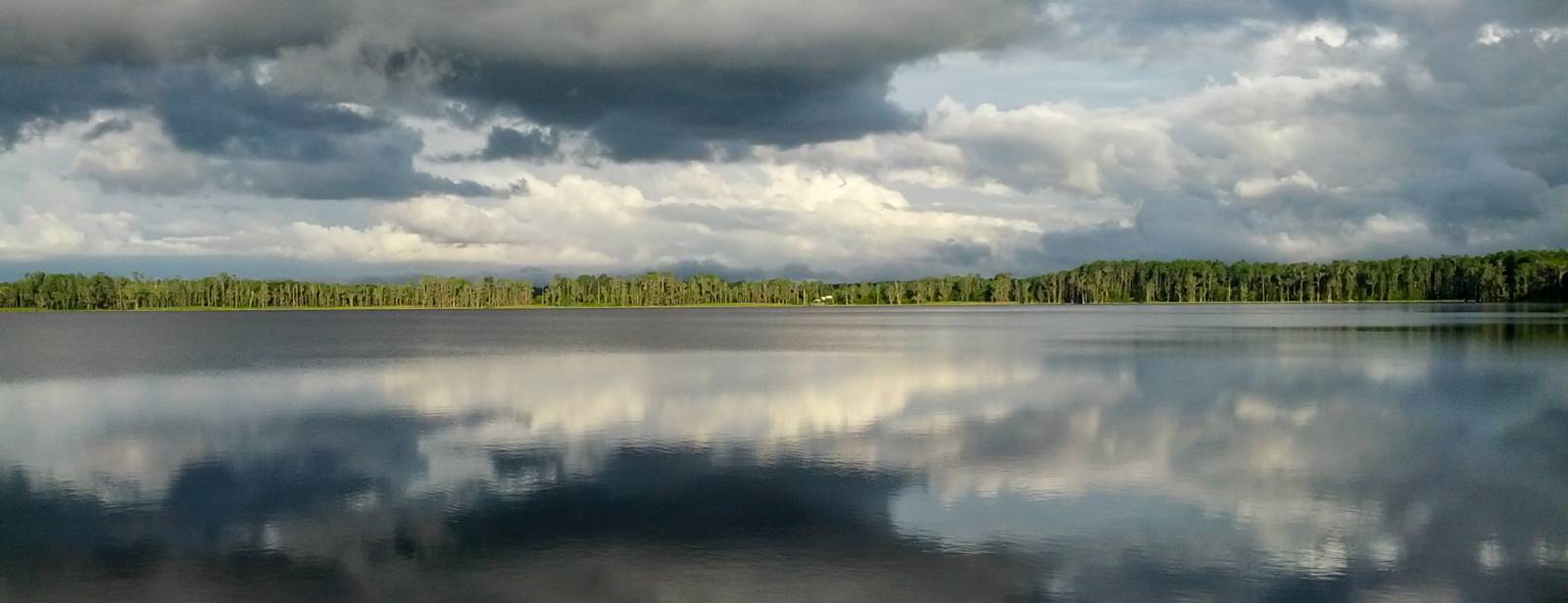


As part of the “My Home. My Springs.” initiative, we are asking Florida communities to help educate the public on the importance of Florida springs and springs protection efforts. DEP has developed the below social media toolkit that includes social media graphics and example posts formatted for Facebook, Instagram and Twitter. You can help by sharing the images and posts on your own social media platforms, and using the hashtag, #MySprings on any Florida springs-related posts.
Facebook Cover and Post Images
Springs Facts
Florida is home to more first and second-magnitude springs than any other state in the nation. Our communities rely on healthy springs for fresh drinking water, diverse ecosystems and exciting recreational opportunities that attract visitors from all over the world. Discover more about these precious natural resources and how Florida protects them:
Educator Resources
The Florida Department of Environmental Protection has developed classroom materials to help teachers educate students on the science and importance of Florida’s springs and how students can help protect them. The department also invites educators to take their class on a field trip to a Florida spring or request that a springs expert come speak with their class.
Florida's springs hold a special place in our hearts and are the backdrop for countless precious memories, woven forever into the fabric of what it means to be Floridian. Springs take us back to a time before the hustle and bustle of everyday life, before schedules, before deadlines. They hold the key to some of our most treasured experiences, past, present and future.
Interested in subscribing to DEP newsletters or receiving DEP updates through email?
Sign UpThe Florida Department of Environmental Protection is the state’s lead agency for environmental management and stewardship – protecting our air, water and land. The vision of the Florida Department of Environmental Protection is to create strong community partnerships, safeguard Florida’s natural resources and enhance its ecosystems.
Learn More